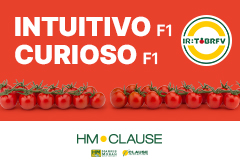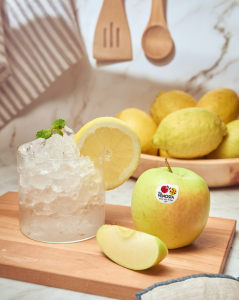However, the positive production figure contrasts with the loss of acreage. In just five years, the crop has gone from 18,500 to 14,000 hectares in Spain, a drop of nearly 30%. “The persimmon boom seems to be over,” acknowledges Pascual Prats, president of the Spanish Persimmon Association, noting that many small growers have abandoned due to the difficulty of controlling pests and the lack of generational replacement.
The sector leader points out that, despite the harvest improvement, producers face a campaign where pest management, rising production costs and pressure from international competition remain major challenges. The key will be to maintain the quality of Rojo Brillante to strengthen Spain’s position in export markets, where this product has become a benchmark.
Higher field prices
With field prices currently between €0.50 and €0.65/kg—slightly higher than at the same time last year—the sector cautiously faces a season in which profitability will depend on export capacity and stable demand in European destinations. “A price below 45 cents is absolutely unfeasible,” stresses the leader.
The most negative aspect remains the persistent pest problems, such as whitefly or cottony cushion scale, without enough control tools available. The withdrawal of active substances leaves growers with few alternatives and the obligation to intensify treatments.
RELATED NEWS: Vulnerability
“Nowadays, a grower who does everything right applies six or seven treatments, but some farms may exceed ten or even reach fourteen,” explains Prats. This leads to a sharp rise in production costs and a growing dependence on specialized technicians to determine the exact timing of action.
The campaign will last until January or February, always conditioned by the weather. In the meantime, the sector’s challenge is twofold: to defend prices that cover high costs and, at the same time, to demand effective solutions from the authorities against pests to prevent the crop from continuing to lose ground.























